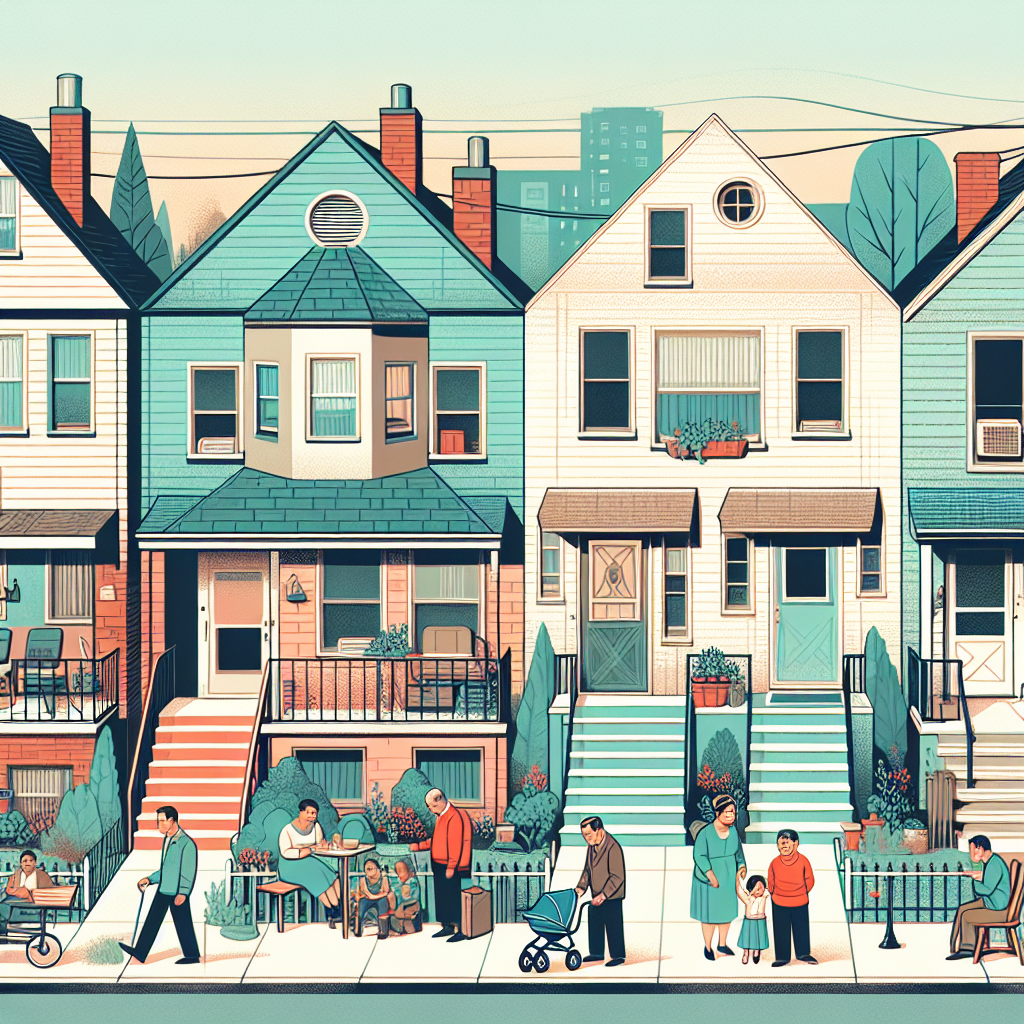Small Apartment Houses?
How mom-and-pop landlords lost ground in the rental market.
In the 1960s and ’70s, it was common to see a modest duplex or fourplex tucked into residential neighborhoods—often built and managed by families looking to earn steady rental income. These small apartment houses, often owned by “mom-and-pop” landlords, offered affordable housing without the flash of modern luxury buildings. But walk around most cities today, and they’re noticeably scarcer. Where did they go?
The answer isn’t simple. A mix of rising land costs, restrictive zoning laws, corporate investment, and shifting investor priorities has quietly pushed these humble four-unit buildings out of favor. Yet, as rents soar and housing affordability becomes a national crisis, the absence of these small-scale rentals is more noticeable than ever.
The Golden Age of Small-Scale Rentals
Back in the post-war era through the 1980s, the idea of building a duplex or fourplex was both accessible and appealing. A retired couple might build a two-unit home to live in one side and rent out the other. Young families could invest in a fourplex to build wealth. These were local investments, often financed by savings or small mortgages.
Small apartment houses offered a win-win: affordability for renters and manageable overhead for landlords. They were also naturally integrated into neighborhoods, providing density without overwhelming the local infrastructure.
But the housing landscape has changed dramatically since then.
Zoning Laws: The Silent Restriction
One of the biggest culprits in the decline of mom-and-pop apartment houses is zoning. In many cities, restrictive zoning rules have limited what can be built in specific neighborhoods. Much of American residential land is now zoned exclusively for single-family homes, making it illegal or extremely difficult to build duplexes, triplexes, or fourplexes.
Even when small multifamily units are allowed, permitting processes can be long, expensive, and confusing—making them unappealing for small investors with limited time or capital.
In contrast, large developers often have legal teams and consultants to navigate zoning challenges. They can afford to hold land while approvals go through and build large-scale complexes to maximize return.
Big Investors, Bigger Complexes
Over the last two decades, the rental market has attracted institutional investors who focus on large, amenity-rich apartment buildings. These firms have the financing and scale to build 100+ unit complexes with gyms, pools, bike storage, and co-working spaces.
According to the National Multifamily Housing Council, more than 80% of new multifamily units built in the last decade are in buildings with 50 or more units. By comparison, new construction of 2- to 4-unit buildings has sharply declined—accounting for less than 5% of new rental housing by 2020, down from 35% in the 1970s.
For many small investors, the cost of land, construction, and regulatory compliance simply doesn’t pencil out unless building at scale.
A Shift Toward Single-Family Rentals
As small apartment construction becomes more complex, many mom-and-pop investors have turned to another strategy: buying single-family homes and renting them out. This model has lower barriers to entry and avoids zoning headaches.
Platforms like Airbnb and VRBO have also lured small landlords toward short-term rentals, which can produce higher per-night revenue than traditional leases. But this has had the side effect of reducing the supply of long-term affordable rentals in some markets.
Are We Missing a Middle Ground?
In the debate over housing affordability, there’s growing interest in the so-called “missing middle”—housing that falls between single-family homes and large apartment buildings. This includes duplexes, triplexes, courtyard apartments, and fourplexes.
Policymakers in cities like Minneapolis, Portland, and parts of California have begun reforming zoning laws to encourage small multi-unit buildings again. These efforts aim to reintroduce affordable, human-scale housing into neighborhoods dominated by single-family homes.
But reversing decades of policy and investment trends won’t happen overnight.
Why We Still Need Mom-and-Pop Rentals
Small apartment houses offer something the big players often can’t: flexibility, community integration, and affordability. They allow landlords to live near or within their properties, creating a built-in incentive to maintain and manage them well. They also help distribute rental housing across neighborhoods, rather than concentrating it in dense clusters.
With rental prices continuing to rise, particularly in urban areas, small-scale rentals could provide a critical alternative for middle-income families, students, and seniors.
But to bring them back, cities and investors will need to work together to remove barriers, provide incentives, and rethink how we use residential land.
Further Reading & Resources
Offers detailed statistics on what types of apartment buildings are being built and who is building them.
Explains the importance of middle-density housing types and how they can help solve the affordability crisis.
A collection of articles on how zoning shapes cities and housing access.
Government data and analysis on rental housing trends and affordability by region.






